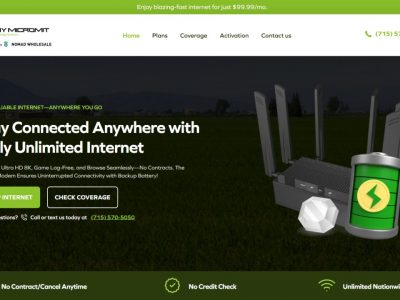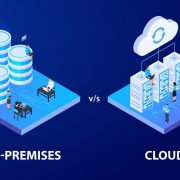The network effect refers to a phenomenon where higher number of people or participants improves the value of a product or service. The internet is a great example of the network effect.
At first, there were only a few users on the internet. At that time, it was of little value to anyone.
However, as more users gained access to it, they produced more content and information, as well as services. The improvement of websites attracted more users to connect and do business with each other.
Please check out the Wibest Brokers List to get the best brokers
Improved Experience
The network effect can result in an improved experience since more people participate. At the same time, it can also encourage new participants as they try to benefit from the network.
You can easily observe the network effect on social media. For instance, as more users post more content on Twitter, like links and media, the platform becomes more useful to the public.
The network effect has created exponential growth rates for networking platforms such as Facebook, Instagram, and YouTube.
For individuals that have joined social media platforms, multiple network effects have occurred. With more users joining and participating, companies wanting to advertise their products and services rush to join the sites to make money off of the trend.
The spike in advertisers leads to more revenue for social media websites. Eventually, the sites evolve and become able to offer more services to the consumer.
Network Effect or Network Externality?
Even if they sound similar, network effects and network externalities have huge differences. Network externality is an economics term that describes how the demand for a product is reliant on the demand of other buying that product. In a nutshell, this means the consumer’s buying pattern is impacted by other consumers’ buying patterns.
Positive network externalities can result in a network effect. If a lot of your friends use Facebook, you might join since you want to connect with them. That is a positive externality.
If, after joining, you post quality content, and many people are enjoying the experience, it will boost the engagement, creating a network effect.
Special Considerations
The network effects on the internet are often beneficial to a variety of services-for-hire apps and websites. As more professionals list their services online, such as tutors or electricians, more customers depend on those online directories.
Ecommerce sites like eBay gained popularity as more sellers joined those marketplaces and sold their products to customers who are attracted to online shopping.
Further, the ride-sharing services also benefitted from the network effect. Companies like Lyft and Uber developed and grew thanks to the participants who signed up. This also expanded their reach across cities and states.
Criticisms
The primary challenge for any product or service using the network effect is gaining traction—attracting enough users at first so the network effect starts to happen.
The amount of users for a significant network effect is called the critical mass. After the critical mass is reached, the good or service attracts many new users because the network provides utility or benefits to the consumer.
However, if too many people use a good or service, congestion can happen. Congestion is a negative network effect.
For instance, on the internet, too many users on the same network can slow the speed of the network, diminishing the benefit for users.
Visit Wibest Broker Education for more information













Comments